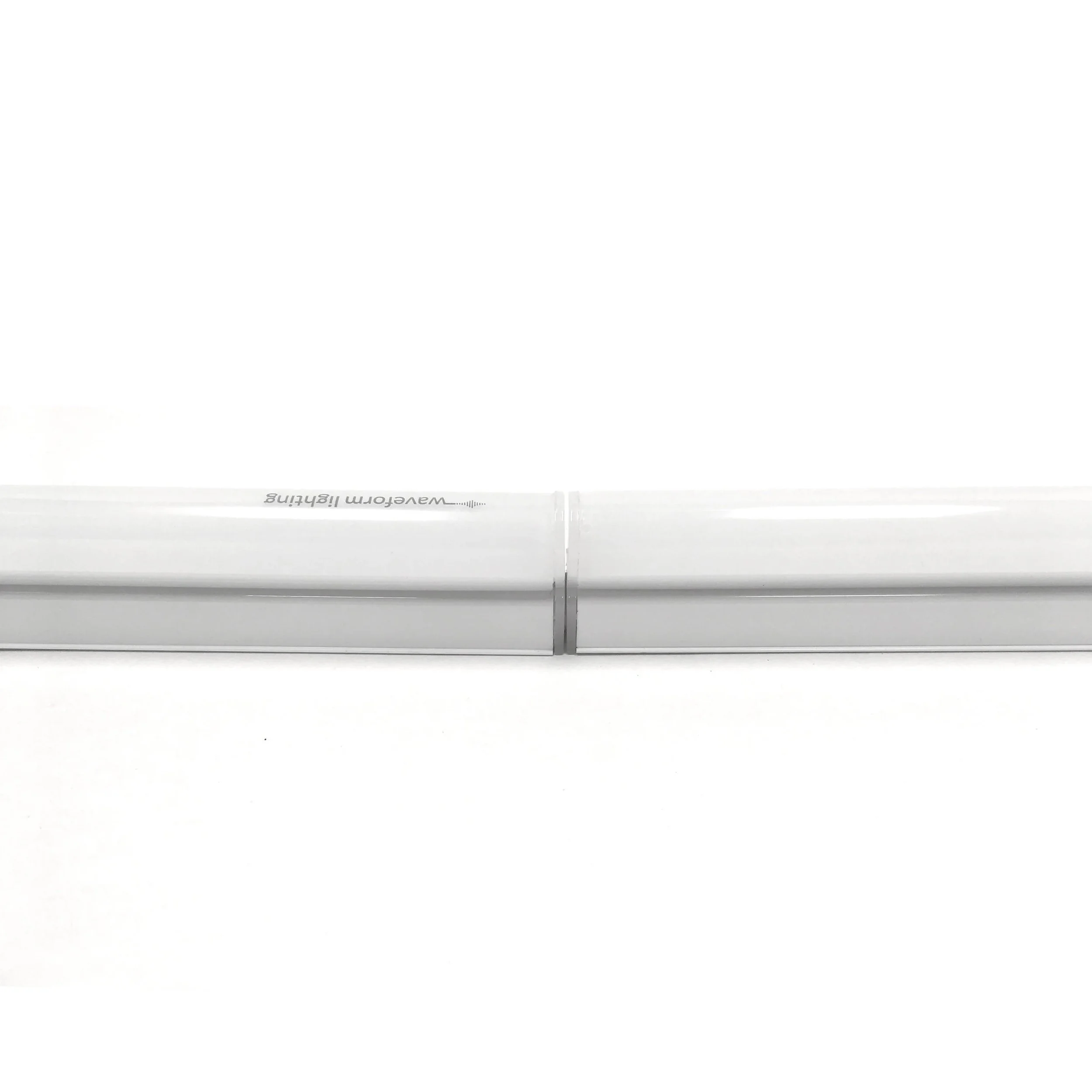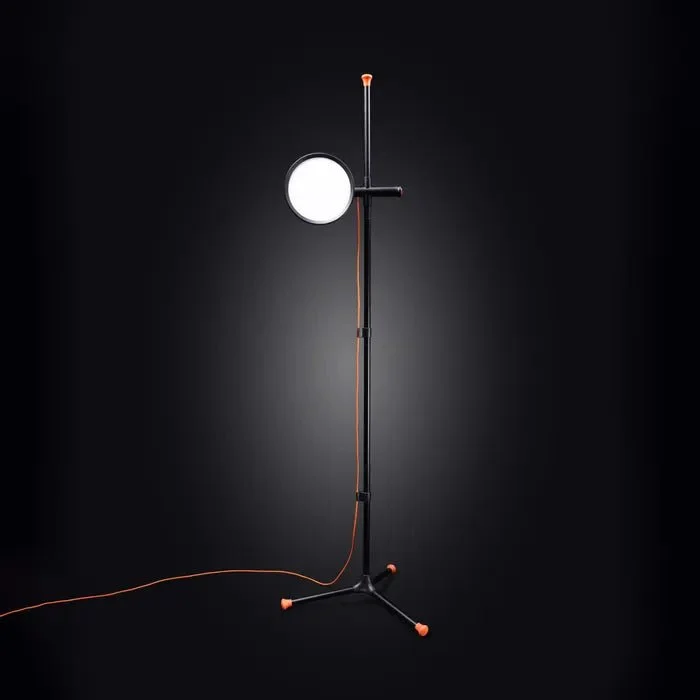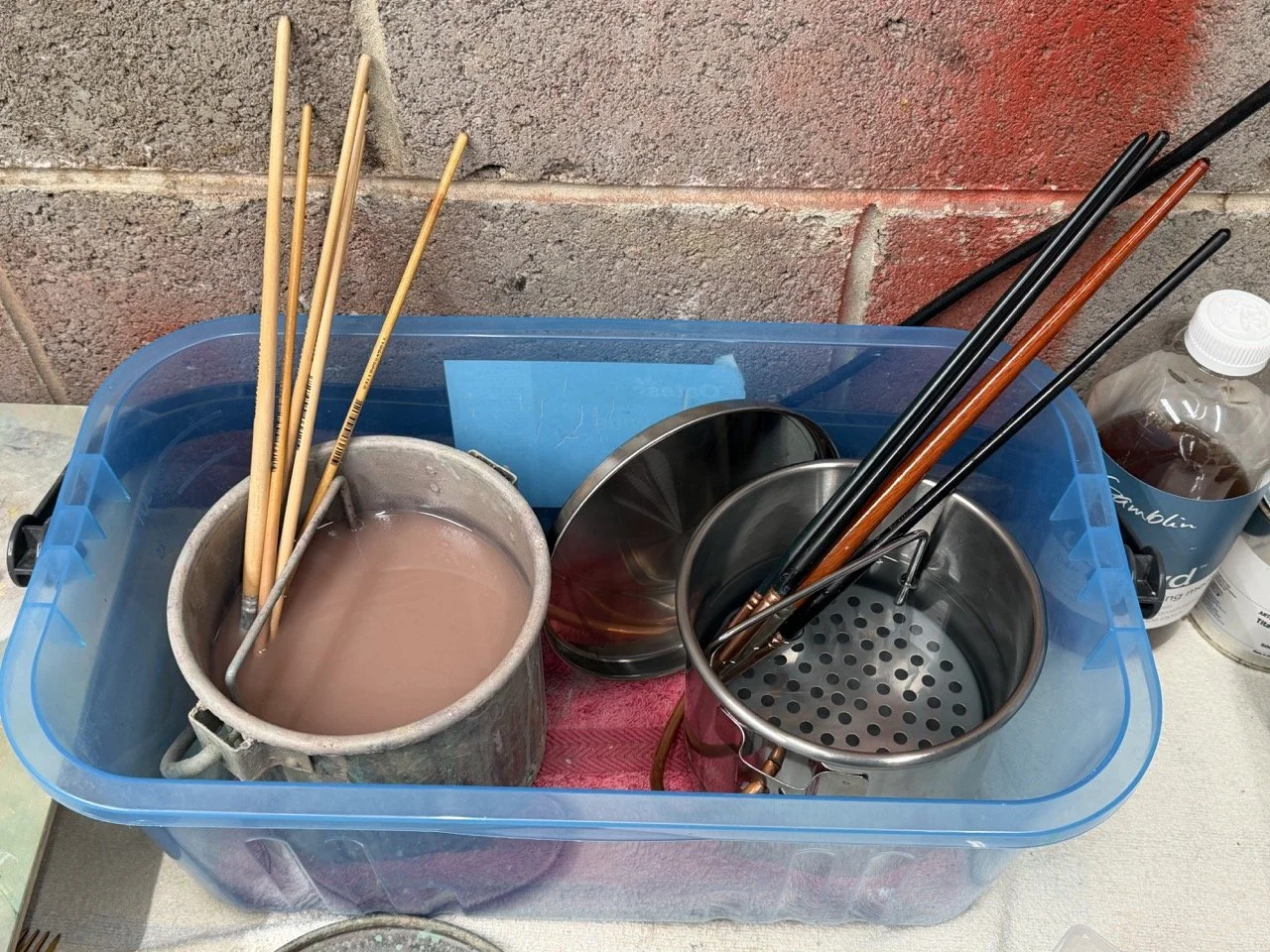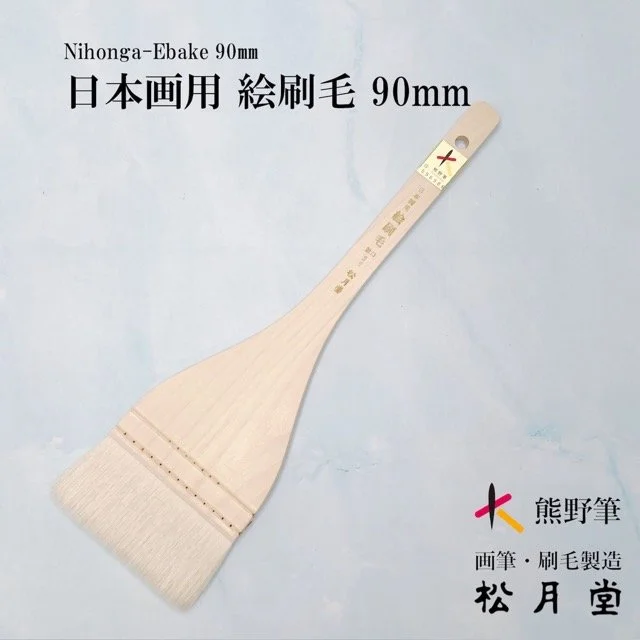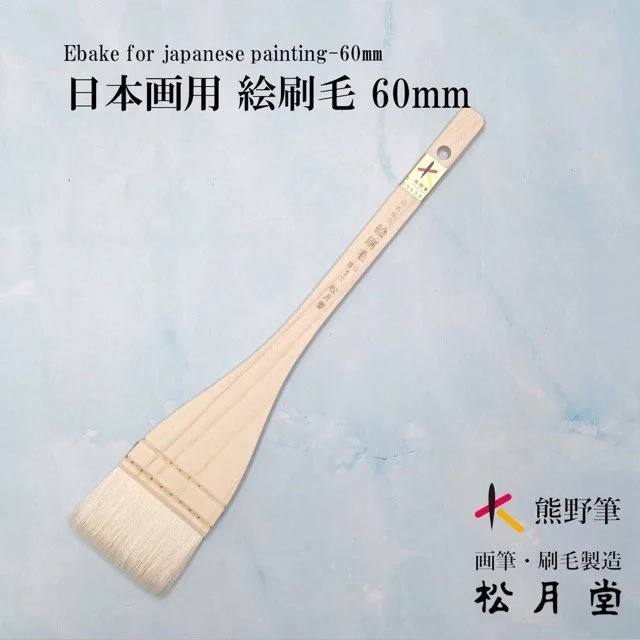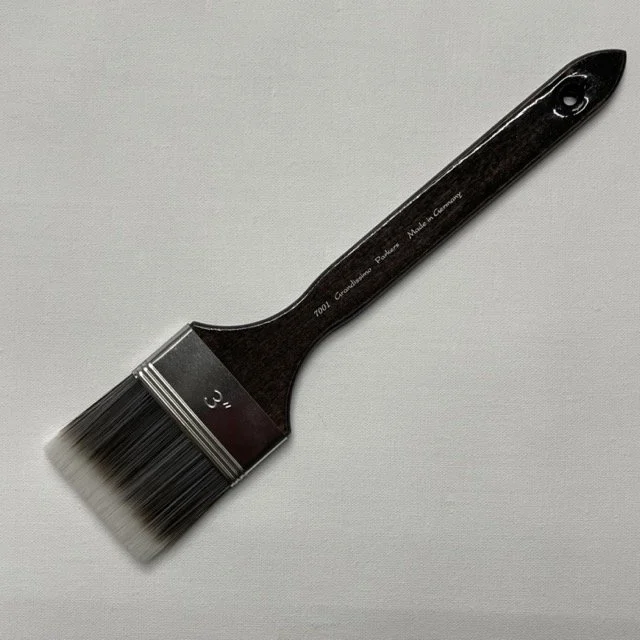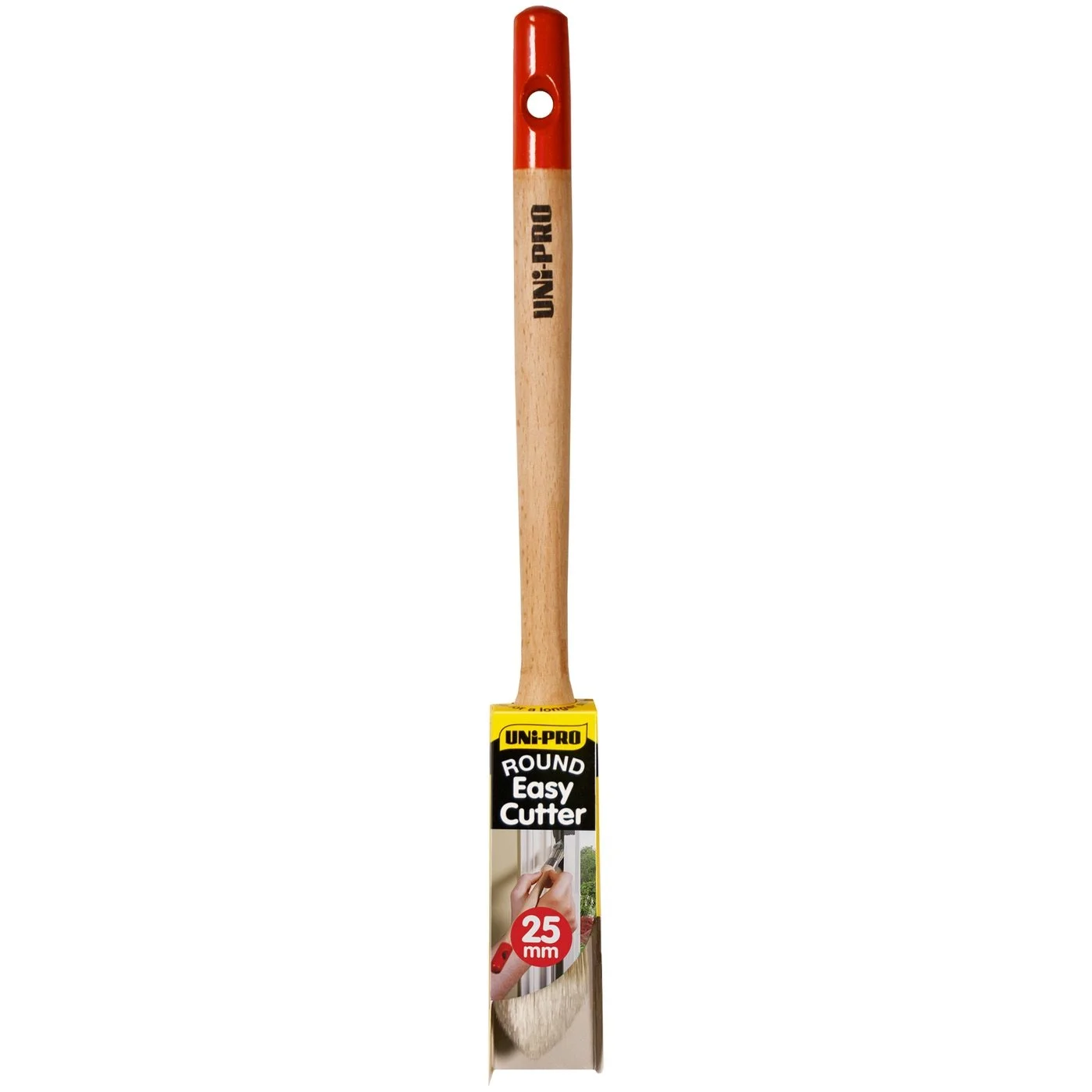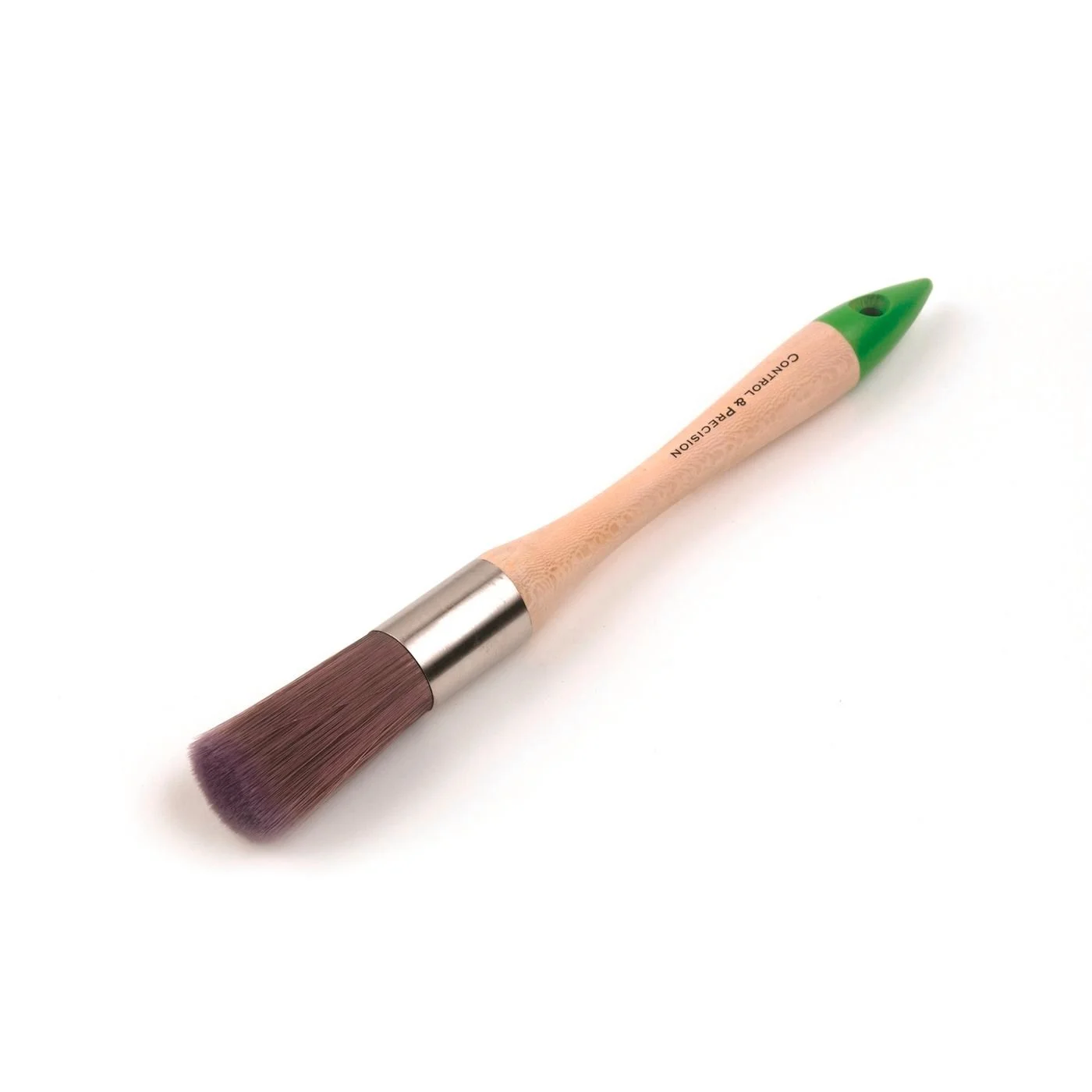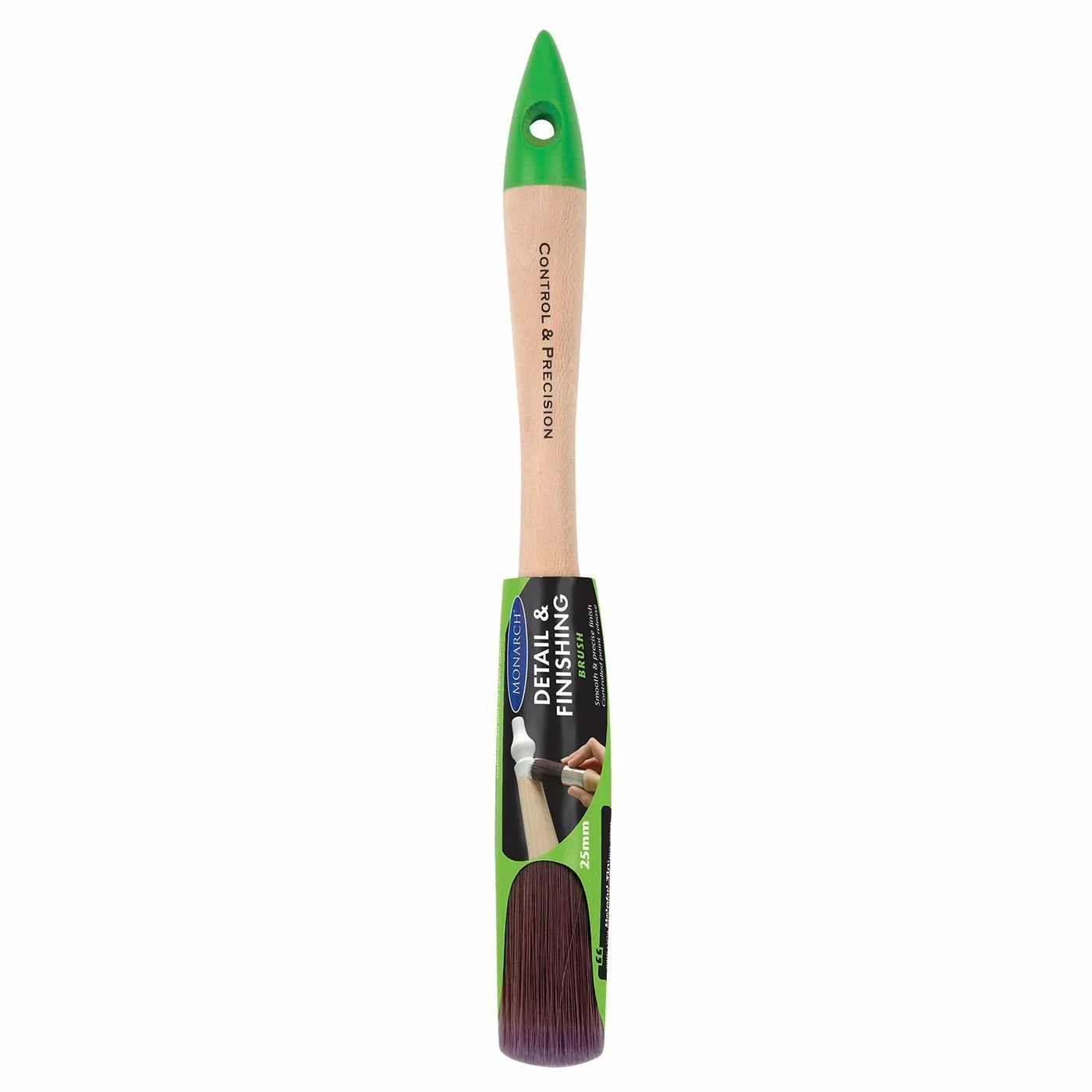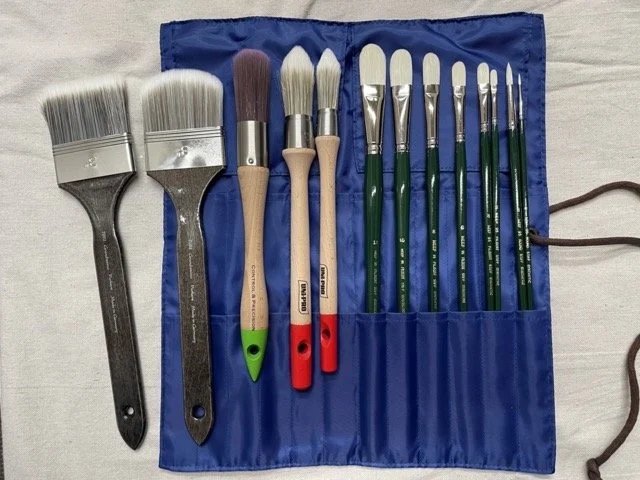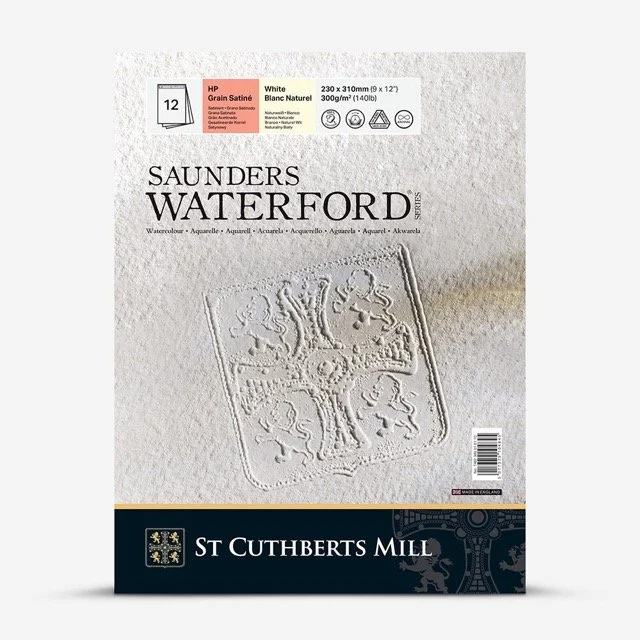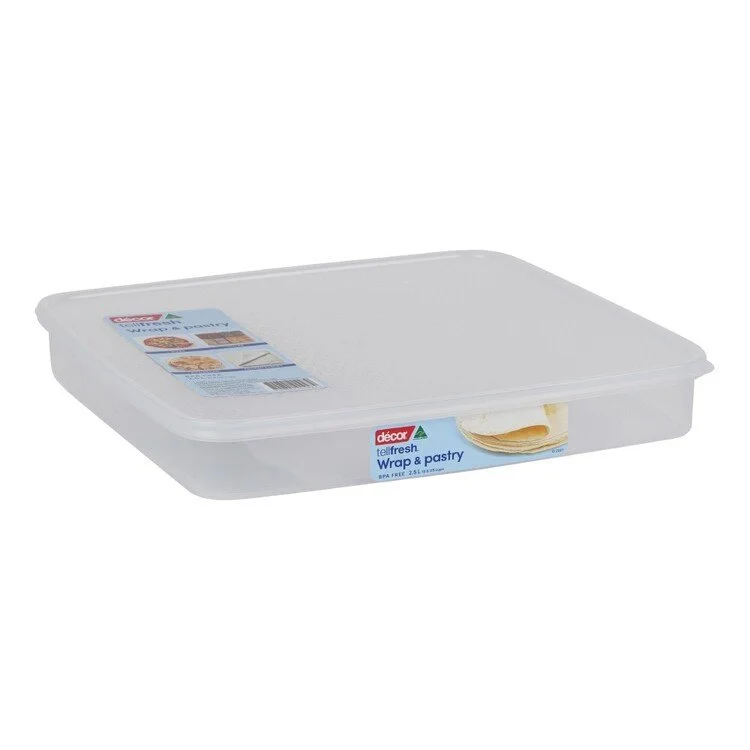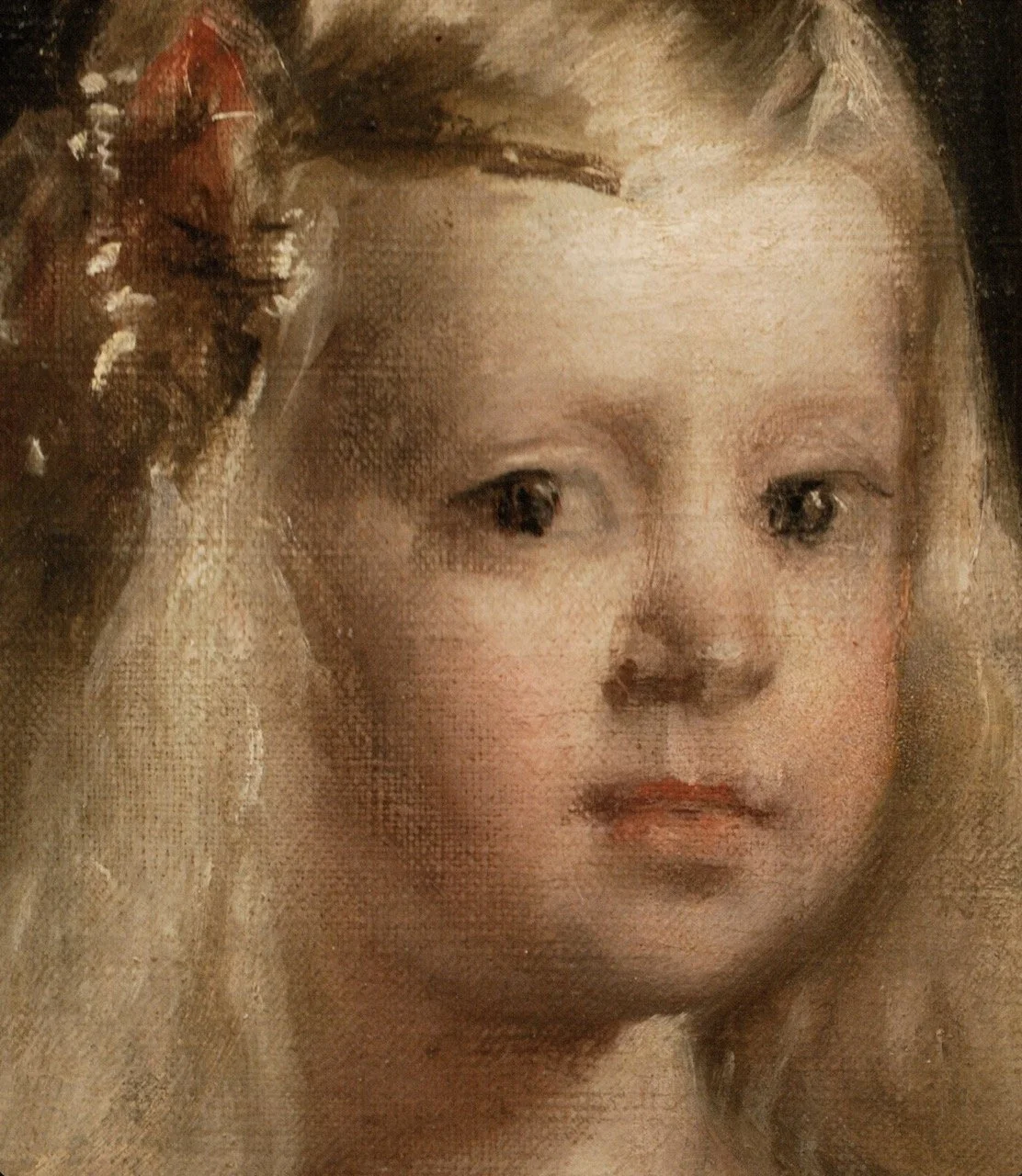Still Life Shadow Box
A Still Life Shadow Box is like your personal stage in which you can arrange your still life compositions and have control over the lighting of your objects, using either a lamp, or with natural light. You can make your own box or stage setup, or I suggest you buy these inexpensive things from IKEA if you’d like to try it out. The back wall can slide forward so you can play around with different shadow effects. The larger DRÖNA boxes may also interest you for bigger objects or setups.
• DRÖNA boxes (25x35x25 cm) - in White and Black
https://www.ikea.com/au/en/p/droena-box-white-90467070/
• NÄVLINGE LED work lamp - White
https://www.ikea.com/au/en/p/naevlinge-led-work-lamp-white-30404919/
Studio Lighting - NorthLux by Waveform Lighting
Studio lighting can be a confusing subject, various aspects are important, including the Colour Rendering Index, Colour Temperature, and Lumens (light volume).
• CRI (Colour Rendering Index) is the most important consideration, and it is difficult to get energy efficient LED lighting in Australia that has 90+ CRI. Colour rendering is how well your light source reveals all colours that you are observing, or working with as paint.
• Colour Temperature is about the Kelvin rating, from warm to cool, and has no bearing on Colour Rendering. You can work under any colour temperature and your eyes will adjust, but the crucial thing is that your lights have a high Colour Rendering Index. Paintings and artworks are mostly viewed in spaces with warmer lighting (3000K), so 5000K can be a good working colour temperature, rather than daylight 6500K which is a very blue light.
• Lumens refers to the volume of light you’ll need in a room, so you can plan how bright you’d like your working space in relation to the lumen output of each fitting.
I recommend these universal 95 CRI LED fittings (will work anywhere in the world) made by Waveform Lighting specifically for art studios. You can get them in 4ft and 2ft versions, singly or in boxes of four, and in either 5000K or 6500K. They are sent by FedEx from Canada to Australia in around 4-5 days and are very reasonably priced.
You can fix them permanently, and they are also quite portable and can be fixed temporarily with supplied magnets. They can also be connected together in lines (max 9). You will also need to buy Australian power cords for around $10.
This sector is evolving quite quickly as Australia catches up with the rest of the world in terms of art-specific LED lighting that has high colour rendering. When I looked last year to set up my new studio this was the only obvious option, in terms of both specification AND cost. That may have changed.
Go through all the Waveform Lighting links below and you’ll get a thorough understanding!
NorthLuxTM 95 CRI T5 LED Linear Light Fixture
Colour Rendering Index (CRI)
https://www.waveformlighting.com/high-cri-led
Understanding Colour Temperature - Kelvin, 5000K or 6500K?
https://www.waveformlighting.com/art-painting/difference-between-5000k-and-6500k-bulbs
Calculating Lumens - the volume of light in a given space
https://www.waveformlighting.com/lumen-calculator?src=pse
Northlux info
https://www.waveformlighting.com/art-painting
The Daylight Company (high quality 95+ CRI lamps)
Good for more portable options. I haven’t used the Daylight Artist Studio Floor Lamp 2 but it comes highly recommended, it only comes in 6000K but apparently is amazingly powerful (and well diffused) for illuminating a larger space, plus has adjustable brightness. 6000K is a very cool light but your eyes will get used to that. What is crucial is the high CRI.
They make lots of smaller 95+ CRI lamps in all different styles.
Daylight Electra Floor Lamp
I decided to buy the Daylight Electra Floor Lamp for working in my home, which has an amazing array of possibilities - 95+ CRI, three working colour temperatures (Warm 2700K, Cool 4000K, Daylight 6000K), and adjustable brightness. So far it’s fabulous!, very simple operation all from that knob and button on the end, and you can leave it on Warm 2700K as a corner room light when not in use.
Cheapest from Eyes For Life, Canberra.
Brush Washers
Brush washing is the first thing you need to master in oil painting! There is no point buying wonderful brushes only to arrive at class with hard expensive brushes. Try to have at least this large portable one for class and at home.
Proper brush washers have a raised grill to separate the pigment sediment and are infinitely more efficient. After this, also wash your brushes with soap and warm water.
Large Portable Stainless Steel Brush Washer for Oil Painting
These brush washers are a great option for class, and I would recommend bringing one in for when the colour in a brush gets a bit out of control when mixing. It also comes in a smaller size, but the large one is definitely a better all-rounder.
You should be able to get them for around $30 on eBay. They have a strainer to separate the pigment sediment and your brushes will end up much cleaner, plus they have a sealed lid for easy transport.
Also this one that’s a similar size, but climbing in price.
https://www.jacksonsart.com/en-au/studio-essentials-brush-washer-steel-9cm-diameter
Holbein Studio Brush Washer
For big days in the studio!, I’ve had my green one for over 30 years. This one is difficult to get at the moment. 15cm diameter x 15cm depth.
https://parkersartsupplies.com/products/holbein-large-green-brush-washer
I’ve just bought this large stainless steel one pictured to try it out, it’s readily available, reasonably priced, and the same size as the green one above , 15x15cm.
Because I’m always trying to find ways to preserve my good oil brushes when using Galkyd, I’ve started using two large studio washers in the studio. The cheap brushes generally only need the first pass. On a warm day Galkyd will start going off after a few hours and it’s impossible to get absolutely all of it out of your brushes!
My old Ralph Mayer specs medium (Stand Oil, Dammar Varnish, Artist’s Turps - 1:1:5) was far kinder because there was no aggressive drying agent. You won’t necessarily need a drying medium, but for me it is mostly essential.
With your good brushes, it’s probably best if you clean them at regular intervals throughout the day, something I never had to do before using Galkyd!
Brushes (general)
You’ll find my extensive advice on brushes in my materials guide, but the following is a collection of some specific ones I’m often mentioning, and some that you’ve introduced me to!
NEEF 95 Stiff Synthetic - Filbert
Probably the brush I recommend the most! - which gives great control to Acrylic painters for exacting things like flesh and still life objects, but can also be wonderfully expansive in the larger sizes. Also great for oils.
It will give you control over flat and blended surfaces without leaving chisel shapes everywhere, like Flats can do, and they can be turned on their sides for nice sharp and long marks. Can be pretty much a universal brush.
For acrylic painters the perfect setup would be one each of the Filbert sizes 12, 10, 8, 6, 4 and 2 - plus a Round in size 1 for an extremely fine point.
https://parkersartsupplies.com/products/95-filbert-synthetic-neef
NEEF 95 Stiff Synthetic - Round
The Rounds are also very good, especially the smaller ones for fine work. Specifically for oils, I no longer use hog bristle in the very fine sizes, these are just so much better in every way!
https://parkersartsupplies.com/products/95-round-synthetic-neef
582 Round Hog Bristle
This is a very generic brush that I’m often recommending for its incredible versatility and absolute bargain basement price! It comes in a number of brands, but you can always identify it by the number 582.
Wonderful for blocking in larger areas with the #12 and #10 at the start of a painting, great for vigorous work because they can be punished without fear. #8, #6 and #4 do a pretty decent job with plotting out major details, and #2 and #1 are useful for some fine work. All of those sizes also act as great dry brushes for blending, because of the pronounced dome shape.
They are NOT like the good quality rounds that can be expansive PLUS have good points for relatively good detail and manipulation, which allows you to switch between both types of mark making very freely.
Parkers Art Supplies has a good source for them, not the ones on their shelf called Prime though!, make sure they are the ones ordered from the supplier X-Press Graph-X Pty Ltd, because they can be a bit variable in quality, but you should find them pretty easily at most art shops. 582 is the generic number signifying this round shape found across lots of different brands.
https://parkersartsupplies.com/products/582r-hog-hair-brush-round-5
579 Flat Hog Bristle
The 579 Flat is good to have in a few sizes also.
https://parkersartsupplies.com/products/579f-hog-hair-brush-flat-2
7040 Escoda Natural Flat Filbert (Chunking hog bristle)
Very excited about these extremely robust brushes (and the Escoda Natural range generally), that have a slightly heavier bristle than the Escoda Clásico range, being originally intended for decorating.
https://www.jacksonsart.com/en-au/escoda-natural-hog-brushes-7040-8146
5131 Escoda Clásico Round (Chunking hog bristle)
I’ve been looking for a premium round bristle brush for a while, and though expensive they are at the top of the list. I trained on Round brushes, and if used properly you can do virtually everything with them. Clásico is the premium Escoda bristle range.
https://parkersartsupplies.com/products/5131-escoda-clasico-bristle-round
5030 Escoda Clásico Extra Long Filbert (Chunking hog bristle)
This is a special brush because of its extra long length, something for wonderfully long and calligraphic marks.
https://parkersartsupplies.com/products/5030-escoda-clasico-bristle-long-filbert
11165 Parkers Interlocked Hog Round
Though my favourite current round hog bristle is the 5131 Escoda Clásico (above), I always like having a good price-friendly workhorse classic round, and this is one of the best available at the moment. Very decent price for what you get.
Brushes (water media)
PRO ARTE Prolene Synthetic - Series 101 Round, size 24
For a truly extravagant all purpose water media brush that lasts and lasts try this in size 24! It’s incredibly expansive and capable of fine details moment to moment.
Also available in sizes down to 4/0 - I also have them in 12, 6 and 1 to cover all water media other than acrylic.
It’s in the soft Golden Nylon style, but has a little more resistance, even making it capable of handling watery acrylic. Great for free process works.
Thank you Julie from Monday morning who has used one No.24 for over 15 years!
https://www.jacksonsart.com/en-au/pro-arte-prolene-synthetic-brush-series-101-round-size-24
Akashiya Sharaku Synthetic Calligraphy Brush No.7
Many of you know how much I love Japanese and Chinese ink painting (since my teens), and that I’m bringing these approaches into my contemporary oil painting. This is a high quality synthetic brush that’s slightly firm and resilient, and the largest size for holding as much ink as possible!
https://www.jacksonsart.com/en-au/akashiya-sharaku-synthetic-calligraphy-brush-starter-no-7
Shougetsudo Nihonga-EBAKE Hake Brushes
I bought these extremely beautiful Hake brushes directly from this artisanal maker in Hiroshima, Japan. They are of the very highest quality. Use for spreading water and large scale ink washes and Nihonga style painting.
Brushes (large scale marks)
7001 PARKERS GRANDISSIMO FLAT BRUSH
I’m trialing these very nice flat synthetic brushes in 3” width to obtain Hake brush type effects but in acrylic.
It’s a great synthetic bristle that is not too soft but also not as firm as the NEEF stiff synthetic style bristles. The darker part of the bristle is firm all the way up to the ferule and the lighter tips graduate to quite soft, so it’s perfect for heft AND finishing all in one brush.
Only at Parkers Art Supplies as far as I can tell, I prefer this grey handled version. The long handle is also very nice.
https://parkersartsupplies.com/products/7001-parkers-grandissimo-flat-brush
7003 FILBERT PARKERS GRANDISSIMO EASEL BRUSH
The 3” Filbert version of the 7001 Flat above has a wonderful feel, I always like having dome shape brushes for subtle and exacting occasions!
https://parkersartsupplies.com/products/7003-filbert-parkers-grandissimo-easel-brush-2
UNi-PRO Easy Cutter Round Paint Brush - in 25mm & 18mm
Because of their synthetic bristles, these large and extremely cheap decorating brushes can be wonderful for experimentation in all kinds of water media.
Thank you Laurie from Tuesday night!
https://www.bunnings.com.au/uni-pro-25mm-easy-cutter-paint-brush_p1662806
https://www.bunnings.com.au/uni-pro-18mm-easy-cutter-paint-brush-18mm_p1662805
Monarch 25mm Synthetic Round Detail Brush
It’s always great to have a dome shaped brush, especially at this scale. Ideal for acrylic, a great counterpart to the Uni-Pro Easy Cutter above and very cheap.
https://www.bunnings.com.au/monarch-25mm-synthetic-round-detail-brush_p1670058
OMEGA BRUSH SERIES 1053
These large hog bristle brushes are very reasonably priced and ideal for big expressive mark-making in oils or acrylics! It’s crucial when you want to increase your scale that mark-making scale comes with you. Comes in a big range of sizes.
OMEGA BRUSH SERIES 1054
This has a beautiful dome shape for smooth and softer passages. It’s extremely robust and a great counterpart to the 1053 above which has a point.
https://parkersartsupplies.com/products/omega-brush-series-1054
OMEGA BRUSH SERIES 57 SAX
I’m trialling this interesting brush (in the widest version 2.5”) that has a wonderful slightly curved head and nice hefty bristle cluster depth and feel for full loading.
https://parkersartsupplies.com/products/omega-brush-series-57-sax
OMEGA BRUSH SERIES 43
There are a number of great ‘Mottler’ style flat brushes available for large blocking in. I like these ones because the bristles are relatively long and in a thicker cluster for better loading and heft. I have them in 100mm and 80mm, so much wider than in the picture below. All the Omega brushes are extremely good value.
The Escoda Mottlers are incredible but eye wateringly expensive, especially if you’re going to use these with something like Galkyd.
https://parkersartsupplies.com/products/omega-brush-series-43
4535 Escoda Clásico Bristle Filbert - LONG HANDLE
I’ve had the Round version of this for many years. The handle is 60cm long and is ideal for sketching out on a large canvas! Escoda hog bristle (Chungking) is one of the best available.
https://parkersartsupplies.com/products/4535-escoda-clasico-bristle-filbert
Brushes - Acrylics, the perfect range?!
These are all listed above, but I decided to collect them together for you. This is what I seem to talk about most with acrylic painters!
The NEEF 95 Stiff Synthetic FILBERT can handle virtually everything you need to do. It is extremely consistent and the perfect firmness to give you control using it very vigorously, or very carefully.
The NEEF 95 ROUND is great to have in those smaller sizes for very fine details and it should consistently keep its shape, a much better option than softer brushes in the same size.
The Uni-Pro Easy Cutters are pretty much an essential because they can handle quick blocking in and large passages so well.
You won’t necessarily need the other ones, but they would be great for larger scale works, or specific mark-making.
NEEF 95 Stiff Synthetic FILBERT - Nos. 12, 10, 8, 6, 4, 2
NEEF 95 Stiff Synthetic ROUND - Nos. 4, 0
Uni-Pro Easy Cutter Round - 25mm, 18mm
Monarch 25mm Synthetic Round
7001 PARKERS GRANDISSIMO FLAT BRUSH 3”
7003 FILBERT PARKERS GRANDISSIMO EASEL BRUSH 3”
Papers & Pads
I’m always on the lookout for good water media options for process work, something I talk about with you often. It’s good to have a range of qualities - from the cheapest cartridge paper for absolute non-precious gestures, to some of these options below which can either hold there own, or be the best available.
Art Spectrum Draw and Wash Pad 210gsm: Smooth (A5, A4 & A3 - 30 sheets)
For those looking for cheaper water media options these Art Spectrum pads are great. They’ll buckle a bit, but still wonderful for process work and studies. Also available in a Textured version.
Saunders Waterford Watercolour Gummed Pad 300gsm Hot Pressed 12x16” (31x41cm)
The perfect no-compromise water media pad! For me Hot Pressed is often better at this scale, because the texture of Cold Pressed starts to dominate.
Also available in 9x12” (23x31cm)
Saunders Waterford 300gsm Watercolour Paper - 10 Pack, 560x760mm
Along with Arches, one of the best watercolour papers, available in Hot Pressed, Cold Pressed and Rough. Slightly softer than Arches and generally my preference. Also comes in standard or High White. This is the standard watercolour sheet size of 560x760mm, and can be easily halved or quartered for a premium quality water media paper. The best way to buy them is in the 10 Pack.
The 190gsm version could be useful too, and a bit cheaper if you accept the buckling.
https://parkersartsupplies.com/products/pack-saunders-waterford-300-gsm
Saunders Waterford 300gsm Watercolour Rolls - 1.5x10m
For something truly spectacular, you could try one of these very large rolls, which can be easily cut into smaller pieces for convenience, and will mean you’ve always got plenty of paper on hand. Made in Hot Pressed, Cold Pressed and Rough, but supply is usually limited.
https://parkersartsupplies.com/products/saunders-waterford-roll-300-gsm
Oil Paints
You’ll all have your favourites, and even favourite colours from different ranges. I tend to use a mix of Old Holland, Michael Harding, Wallace Seymour and Art Spectrum.
You’ll also know that my key range (with an historical understanding of all genres) is Titanium White, Ivory Black, Ultramarine Blue, Yellow Ochre, Indian Red, Burnt Umber, Alizarin Crimson, Cadmium Red, Cadmium Yellow Light, Phthalo Blue and Phthalo Green.
To these I add personal favourites, and colours that can’t be achieved any other way, some of which I refer to often and will list below.
The best quality oil ranges have only pigment ground in oil, no extenders of stabilisers. They go much further because of their intensity, and it’s a false economy to buy the cheaper versions if you can afford these.
My Favourite Versions of the Basic List of 11 Colours
Titanium White - Art Spectrum (PW6)
This one is ‘completely decent’! - nothing extraordinary but at least it doesn’t yellow and turn to beige! White tends to be the colour you use the most, and it’s more economical to get it in larger quantities, making Art Spectrum Titanium White a good solid choice.
See my longer explanation on white oil paint below.
Ivory Black Extra - Old Holland (PBk9)
You can be assured that Old Holland is uniformly the best of the best (except for my problems with their Titanium White), and this Ivory Black is no exception, it’s wonderful. Ivory Black is a central and essential colour if you are to understand the history of painting.
Ivory Black is the warmest of the Blacks (and the reason why we use it), this one is wonderfully rich and warm when extending it with medium by itself.
Ivory Black can have problems with cracking, so you just need some awareness with how you’re using it. If I’m using a predominantly Ivory Black mix I tend to support it with quite a lot of medium. Dark colours are also better supported and made ‘juicy’ with a generous amount of medium to avoid loss of tone.
My Art Spectrum Ivory Black used to develop mould, but this has never happened with Old Holland.
Ultramarine Blue - Old Holland (PB29)
Not much to say about this other than it’s a great standard Ultramarine, and I never feel the need for a deeper French Ultramarine, Michael Harding is about the same. A total workhorse colour.
Yellow Ochre Light - Old Holland (PY43)
By far the most wonderful Yellow Ochre I’ve used (but I haven’t tried everything, because I just stopped here!). Incredibly dense and paste-like in consistency, when it’s spread out by itself it gives a blazing gold even though it looks dull in the tube. Full of so many secrets, I find I can achieve every kind of Sienna effect with this and Persian (Indian) Red, and maybe a touch of Burnt Umber sometimes. Though I love the Siennas, I never feel a need for them anymore.
A total workhorse colour, and every other version I’ve tried is extremely disappointing by comparison, especially Art Spectrum.
Persian Red (Indian Red) - Old Holland (PR101)
Burnt Umber - Old Holland (PBr7)
Alizarin Crimson Lake Extra - Old Holland (PR19-PR177-PBR23)
Cadmium Red Middle - Wallace Seymour (PR108)
Cadmium Yellow Light - Wallace Seymour (PY35)
Phthalo Blue - Michael Harding (PB15.3) & Old Holland (Scheveningen Blue PB15:3)
Phthalo Green - Michael Harding (PG7)
Other Favourite Colours
Phthalo Green Yellow Shade - Michael Harding (PG36) & Old Holland (Scheveningen Green PG36)
Old Holland Green Light (PY3-PY74-PG36)
Cadmium Lemon - Wallace Seymour (PY35)
Cadmium Yellow - Wallace Seymour (PY35)
Cadmium Orange Light - Wallace Seymour (PO20)
Cadmium Orange Deep - Wallace Seymour (PO20)
Magenta - Michael Harding (PR 122)
Permanent Magenta - Art Spectrum (PV19, PV23)
Quinacridone Rose - Michael Harding (PV19)
Deep Purple (Dioxazine) - Michael Harding (PV23)
Old Holland Oil Colours
One of the best, and my favourite for many of my colours - but never use their Titanium White!
Indian Red is called Persian Red in this range.
https://parkersartsupplies.com/collections/old-holland-classic-oil-colour
https://www.jacksonsart.com/en-au/old-holland-classic-oil-paint
Michael Harding Artist Oil Colours
Many of my favourite colours are in this range, including Quinacridone Rose and the famous Deep Purple (Dioxazine), their Phthalos are wonderful, and this is a more economical option for Magenta.
https://parkersartsupplies.com/collections/michael-harding-handmade-oil-colour
Michale Harding Quinacridone Rose
When mixing with Titanium White for body colour, it’s the only thing that comes close to achieving Hot Pink! Even more intense when glazing.
https://www.jacksonsart.com/en-au/michael-harding-oil-paint-40ml-quinacridone-rose-organic
Michael Harding Deep Purple (Dioxazine)
Unbelievably powerful and impossible to make this colour any other way, also the slowest drying pigment I’ve ever come across!
https://www.jacksonsart.com/en-au/michael-harding-oil-paint-40ml-deep-purple-dioxazine
Wallace Seymour Oil Paint
My favourite way to buy every single Cadmium!, every bit as good as Old Holland but more economical. I use all of them, Cadmium Lemon, Cadmium Yellow Light, Cadmium Yellow, Cadmium Orange Light, Cadmium Orange Deep and Cadmium Red Middle. The best Cadmium Red I’ve ever used.
Sadly, it’s very hard to find this range at the moment, but they are receptive to dealing directly for now! Contact makers Pip and Rebecca in the UK via the website.
https://www.wallaceseymour.co.uk/product/artists-oil-colours
Whites - understanding white oil paint
Using white in oils is actually quite a large technical topic, and I’m often going through all these details with you.
You need to have an understanding of exactly which oil your white has been ground in, because any white that is ground in Refined Linseed Oil will yellow and discolour! I learnt this the hard way when using Old Holland Titanium White in my contemporary practice when I wanted pure white passages that went beige. Although I never got any conclusive answer from them, the implication is that it wasn’t the right white for this application!
Disconcertingly, whites will also yellow when turned to the wall, and brighten back up again when receiving strong light!
Thankfully, most whites are ground in a different oil such as Sunflower Oil, Walnut Oil, Safflower Oil etc. less prone to yellowing. The rest of your colours will usually be ground exclusively in Refined Linseed Oil.
Lead White (PW1 - aka Cremnitz White, Flake White)
The classic and time-tested white is Lead White, going back over 2000 years to the Egyptian Fayum portraits and earlier. This is one of the most stable pigments artists have ever used. Lead white was used pretty much exclusively right up to the industrial period when other whites began to be developed, particularly Titanium White.
Lead White is one of the key ingredients for making sound flesh tones, and is the most sympathetic white when creating flesh ‘body colour’. Body colour is the opaque part of your painting. This is also because Lead White is wonderfully warm in character, unlike the cold ‘bluishness’ of Titanium White.
Lead White is obviously potentially very poisonous, but this is only really a problem if it is airborne. With careful handling it is perfectly safe, but not everyone can work like this! I used Old Holland Cremnitz White for over 20 years in my portrait commission practice.
Lead White is also much more amenable for expressing translucency, and is what Zinc White began to be used for.
Lead White also has a much faster drying time than all the other whites, which are some of the slowest driers. This makes it truly the best white, because in addition to everything else, it is more readily in sync with the drying time of most of your other pigments. You understand this when you use it.
Lead Whites you can try:
https://parkersartsupplies.com/products/cremnitz-white-in-walnut-oil-michael-harding-oil-colour
Titanium White (PW6)
Titanium White only started to be used as an artist’s pigment in the early 20th century.
Titanium White in many ways is rather brutal, but I now use this exclusively and I’ve found plenty of ways to adapt to all its major problems.
It tends to dominate and swamp most colours, so you often need small additions of stronger colours to help you ‘push’ through it. I’ve also found an acceptable way for it to handle translucency, something it’s not really suited to.
It also has a tendency to ‘bluishness’ in mixing that doesn’t happen when using the beautifully warm Lead White.
It is also a very slow dryer, and often the culprit in a cracking episode when other pigments are put over the top of it.
On the plus side, it is inexpensive and creates a strong and stable paint film, so with all that in mind, it is actually a good option, because white is one of the colours you will use the most!
Art Spectrum Titanium White (Sunflower Oil) is my current go-to, because it is relatively cheap, easily available and also comes in big quantities. I buy the 150ml tube (the most consistant) and the 500ml tin (sometimes a bit stiff). If you’re buying the 500ml tin get it from a high-volume supplier, because tins that have sat around for a while can be prone to stiffness.
I used Art Spectrum Titanium White No. 2 quite a lot for a while, it’s formulated with more pigment and less oil, but I had a case of cracking and actual separation from a very stable primed linen surface it was on, so I’ve stopped using it. It contains Zinc White also so very likely the main cause of the problem.
Michael Harding does three Titanium Whites with interesting options, but stick with the No. 1 (Safflower Oil).
Windor & Newton Titanium White (Safflower Oil) is also a good reliable option I’m told.
Good basic Titaniums:
https://parkersartsupplies.com/products/art-spectrum-oil-titanium-white
https://parkersartsupplies.com/products/wn-artist-oil-colour-titanium-white
https://parkersartsupplies.com/products/titanium-white-1-michael-harding-oil-colour
Zinc White (PW4)
Some people still use Zinc White, but it is very flawed, and is often viewed these days as no longer viably archival!
If used very carefully in subtle mixing it is Ok, but on its own it makes a very brittle paint film and is prone to cracking.
It has a very thin, weak quality, so this is why it’s not used for any type of coverage.
On the plus side, it provides for very clean and clear mixing in cooler tones.
Zinc White is often combined with Titanium White and labeled ‘Mixing White’, the Titanium is added to stabilise it somewhat.
My feeling is that it’s better to just use Cremnitz (Lead) White if you’re looking for an alternative for Titanium.
Pigment Database
Great for working out what’s actually in your tubes, most paint ranges will specify the actual pigment number on the tube.
This can also be a wonderful way for you to understand what the key ‘source’ colours are, ones that come up again and again, and that are reflected in my essential paint list. It means you’ll be able to replicate those favourite mysterious tube colours that combine several pigments, and that you thought you couldn’t live without!
Another important thing to understand about pigments is that when they are combined together some intensity is lost - mostly this is good!, but Cadmium Red and Cadmium Yellow mixed together does not give you Cadmium Orange in all it’s glory.
Oil Palettes
I’m a big fan of these simple rectangular 30x40cm oil palettes for class, you could possibly have two of them in case you’re having a session with a lot of different colours involved, and your mixing needs to spread! You can still hold them in the traditional way, or spread two of them out like a studio table palette. The off-white smooth surface is hardy and very easy to clean, and great for assessing colours and mixes.
This one can also work well for Acrylic Painters.
The other way to go is to season a wooden version of this shape with plenty of Titanium White and a dash of Raw Umber, but you’ll be happier with the prepared surface version.
This is by far the cheapest version and completely decent.
Oil Dippers (for mediums and solvents)
Another area that can cause frustration for oil painters is when you don’t have a sufficiently big enough dipper to get your brushes in and out easily without adulterating the medium or solvent! For the same reason we also need to avoid the habit of putting too little medium or solvent in our dippers, where we end up scraping the bottom with a loaded brush.
For some reason, all the dippers available in Australian art shops at the moment tend to be too small!
I tend to have my medium in different strengths for different types of painting, or at different stages of a painting. I finish with 100% Galkyd when painting portraits, but I tend to use 50:50 Galkyd and Gamsol for most other painting. I also like 25:75 Galkyd and Gamsol for super lean matte effects. I may even draw in with pure solvent at the start, but I try to get at least some binding in with the pigment early on. For this reason, it’s good to have the double dipper when using both in a session, and possibly the single one for those sort of days past the beginning stages!
These are fabulous and the ones I use.
Extra Large Double Artist Dipper (2x2 3/8” diameter)
Extra Large Single Artist Dipper (2 3/8” diameter)
Large Double Artist Dipper (2x2” diameter)
Slightly smaller diameter than those above, and you may prefer this one as it’s easier to fill, but still wide enough to get your brush in and out cleanly.
Acrylic Palettes
Something we talk about a lot! Acrylics can be very complicated because you have very limited time for manipulation before it dries. To help you as much as possible, you need good brushes and a really functional, reasonably large palette area, ideally in white. Something where you can have colours off to the side, and a large mixing area that can be easily wiped out when it fills up. Unlike oil painting, acrylic mixing palette space tends to fill up quickly and you can get into bad habits.
Some people have found success with an A3 disposable palette pad.
I’ve also found these options below and will be adding to them. Personally I like a whole collection of smaller Decor style containers, because it suits my acrylic use which is often quick, gestural, simplified and abstract. I don’t use acrylic to render exacting flesh!
Masterton Sta-Wet Premier Palette (16x12” 40x30cm)
https://www.jacksonsart.com/en-au/masterson-sta-wet-premier-palette-16x12in-apx-40-1x30-5cm
Masterton Artist Palette Seal (16x12” 40x30cm)
You can also put other palettes inside this one for your paint to stay active.
https://www.jacksonsart.com/en-au/masterson-artist-palette-seal-holds-any-palette-up-to-16x12in
Masterton Sta-Wet Super Pro Palette (16x12” 40x30cm)
https://www.jacksonsart.com/en-au/masterson-sta-wet-super-pro-palette-40x30cm
Decor Tellfresh 2.5L Pastry Storer Clear (approx 30x30cm)
You may like this cheaper option, but it is clear so not ideal, unless you always have something white underneath.
The Artist’s Handbook of Materials and Techniques - by Ralph Mayer
This is a PDF version of the classic technical handbook that covers pretty much everything! Available in better revisions, but at least this one is easily viewable.
https://archive.org/details/in.ernet.dli.2015.70073/page/n3/mode/1up
Las Meninas by Diego Velázquez - the 254MB file!
I came upon this link in Wikimedia Commons recently, and it’s no exaggeration to say that it can teach you virtually everything about painting, and specifically optical resemblance and portraits. You can zoom in over the entire surface at weave-of-the-linen level, making it easier to understand every kind of effect and decision.
It probably won’t load on your phone, so my advice is to drag and drop to your desktop or laptop.
Odourless Solvent (reasons we use it and its benefits)
Understanding odourless solvent can be pretty technical, but the simplest way is to know that it’s considered safer because it:
Has a lower evaporation rate, and
Removes most of the aromatic compounds, making it less harmful when inhaled
It’s still not entirely non-toxic though!, but much safer for us in a class situation. Whenever I use conventional solvent in the studio I’ll generally wear a respirator. Gamblin, makers of Galkyd medium and Gamsol solvent (what I use) tend to be at the cutting edge on this.
https://gamblincolors.com/studio-safety/studio-safety-create-without-compromise/
https://parkersartsupplies.com/products/gamblin-gamsol-odourless-mineral-spirits
Gamblin Galkyd Medium
I’m often talking about this medium which I’ve been using and experimenting with over a number of years. It’s an extremely fast dryer (24hrs) which is very handy, but this brings with it a number of problems that you need to adapt to:
Firstly, IT IS A BRUSH KILLER!, so expensive brushes need to be cleaned halfway through the day, especially when it’s hot.
Your working time is obviously open, but work started in the morning is starting to set by the afternoon, and in some cases certain types of work starts the setting process after an hour or so!
It is designed as a glaze medium, but can be oppressively glossy in some contemporary painting contexts.
To cope with all of this, I’ve been developing different mixes to get less glossy effects with oil washes and general painting, whilst still retaining some binding of the pigment.
Unlike my portrait practice where gloss is brought up through the painting, and then a final varnish, in my contemporary work I’m looking for differences in surface qualities, and especially when using very thin washes. This is not possible if you use pure Galkyd.
The active ingredients are Alkyd Resin and Gamsol, but interestingly Galkyd Lite has a longer drying time (36hrs), because it is cut with more Gamsol, thereby controlling the aggressive drying of the Alkyd Resin. The simplest way to approach this is just to buy straight Galkyd, and do your own mixes.
I’m getting good results with a 50:50 mix, and am starting to trial a 75:25 Gamsol/Galkyd mix to see how far I can push the lack of binding. So far I love 75:25 for the beautiful matte effects, and that nothing seems to move when painting a new layer on top.
https://parkersartsupplies.com/products/gamblin-galkyd-medium?variant=39254167027777
Other Choices for Mediums (fluid)
It’s quite possible that you don’t want to have anything to do with quick-drying and Alkyd resin! I understand this, and do miss the times I never had to fight with such an aggressive additive.
My medium of choice for many years was from the classic Ralph Mayer recipe (found in the PDF link above) using Stand Linseed Oil, Dammar Varnish (in solution) and Artist’s Pure Turps (1:1:5). Extremely unhealthy because of the overwhelming fumes of the Artist’s Turps, it was nevertheless a very orderly dryer, usually getting firm enough to paint over in a week, sometimes less depending on the pigments and thickness of the paint film. Also very easy on brushes.
You should be able to make a modern version of this by using Gamsol instead, or experimenting with any kind of mixtures of Stand Linseed Oil, artist quality Safflower Oil and so on. Stand Linseed Oil is a great additive for mediums because it is very elastic and acceptable in terms of the continuum of ‘non-yellowing’, Safflower Oil is even less inclined to yellow and is often what your White oil paint is ground in.
The Dammar Varnish portion of this original medium contributed to the glazy, glossy finish, which is desirable for works that will be ultimately varnished, like portrait commissions. Gamvar varnish may work as a replacement, but you’d be best to contact Gamblin.
Some people simply use Linseed Oil for painting but it will encourage yellowing in whites. Stand Oil is less inclined to do this due to its preparation process, but you shouldn’t use it by itself.
All these are readily available for you to experiment with.
https://gamblincolors.com/oil-painting/mediums/fluid-mediums/
Gamblin 3-in-1 Medium
A new medium from Gamblin which fills a gap in their system covering their lack of retouch varnish or a good solution for ‘oiling out’. This does contain some Alkyd resin!, but it’s definitely worth being aware of. Very lean, it contains Gamsol, Alkyd Resin and Safflower Oil.
Stand Linseed Oil
Safflower Oil
Linseed Oil
Gamvar Varnish (gloss)
May work in a modern Ralph Mayer medium, but you will have to check this with Gamblin. Gamsol is the solvent, so it may be amenable. Also comes in Satin and Matte, but Gloss would be better for a classic medium.
Low Odour Turpentine
NOT FOR CLASS!! - Over the years I’ve developed a reaction to Pure Gum Turps (painting) and Mineral Turps (clean up) which forced me to use Gamsol when painting, and to wear a respirator when cleaning up.
I’ve been trialling this DIGGERS 4L Low Odour Turpentine in my studio in my extra large brush washer, and so far I’ve found I haven’t needed a respirator, and it’s all pretty comfortable. Because I usually have a large number of brushes to wash on a normal day, it’s not economical to use Gamsol as I’m frequently replacing large amounts of used turps, so this is a good compromise!
https://www.bunnings.com.au/diggers-4l-low-odour-turpentine_p1670044
Vileda Ansell General Purpose Nitrile Gloves
These Nitrile gloves are great, pretty tough so you can get repeated uses out of them, stronger than the blue ones. Avoid Latex!
https://www.coles.com.au/product/vileda-ansell-general-purpose-nitrile-gloves-large-50-pack-7845783
Canvas Stretching
I realised the other day that I’ve never once bought a stretched canvas!, this is because when I was starting out nothing else was really available (except for the cheap American made Frederix canvases) and we all made our own, including gesso-ing our raw canvas. These days I buy 10m rolls of budget acrylic-primed linen for my studio painting (still very good quality), and top of the line oil-primed linen for portrait commissions, by the metre.
The key tools are good canvas pliers (with the rubber-lined jaws), a staple gun, and a staple remover.
Also some good scissors, a straight edge, a hammer and maybe a rubber hammer as well. A tape measure is used constantly to make sure you’re keeping everything square. All these things can be bought from various sources, but I’ll list the best.
You can buy primed canvas or linen by the metre from Parkers, Pigment Lab, The Sydney Art Store etc.
Holbein Canvas Pliers No.5
The best, but very expensive!
https://parkersartsupplies.com/products/canvas-pliers-holbein-no-5
Art Spectrum Canvas Pliers
Rapid R23 Medium Duty Staple Gun
Great for stretching canvases, but very expensive from Parkers, can be found for half the price on eBay. Cheaper light duty staple guns should be fine. Annoyingly, staple guns need to have their exact staple, so easy replacement needs to be considered. You will only need a 6mm staple. This one takes the Rapid 13 Series staple.
https://parkersartsupplies.com/products/staple-gun-metal-rapid
CreateART - budget conscious canvas and linen products
I’ve had a great relationship with this Sunshine Coast company for many years, they also do readymade canvases too. Suppliers of my acrylic-primed linen 10m rolls.






